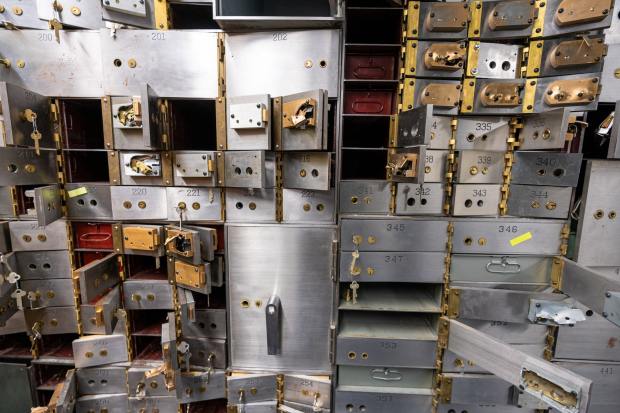Every discuss this year’s finances has begun and ended with inflation and central bank monetary policy, peppered with speculation of an endless recession. While the stock market often steals the show, one factor that actually matters amidst volatility is the strength of the economy’s banking system. I’m not referring to the central bank (The Fed), but the actual consumer banks where all of our money flows 24/7/365. How will America’s banks survive if a recession hits in 2023?
Thankfully there are answers, but first, let’s recap what a recession is. The National Bureau of Economic Research is the official US recession recorder. They define a recession as “a significant reduction in economic activity that is spread across the economy and lasts more than a few months.” However, a more generally used definition is a combination of declining GDP for two consecutive quarters accompanied by a rise in unemployment. It is this second metric that prevents 2022 from being labeled a recession, as unemployment remains historically low at 3.7%.
According to the US Bureau of Labor Statistics’ JOLTS Report (Job Opening and Labor Turnover Survey), the labor market appears to have finally cooled off. In October this year, there were 1.7 job vacancies per available worker. This is down from April when the ratio was 2.0:1, but for context, there were 0.6 vacancies per job just before the pandemic. Coupled with the decline in job availability, the PCE (Personal Consumption Expenditures) index fell from 6.3% year-over-year in September to 6.0% in October, which is anticipated to slow the Fed’s rate hike..
Knowing what a recession is and where the main economic benchmarks are at the moment, banks can again question. Every year the Federal Reserve conducts a stress test to assess how well banks are performing in a recession. The latest test examined 33 major US banks, 8 of which are considered to be globally systemically important banks. The test runs a really adverse scenario, in this case, assuming unemployment peaks at 10% in the third quarter of 2023, a decline in real GDP of more than 3.5% from the fourth quarter of 2021 to the first quarter of 2023, and a sharp decline in the stock market, bonds, and real estate. This year’s tests show banks have enough capital to absorb losses and continue lending throughout a dire scenario.
The key metric in the stress test is a bank’s tier 1 common equity capital ratio (CET1), a measure of a bank’s core equity capital versus risk-weighted assets. This jargon may be confusing, but the main thing to realize is that a low ratio implies that the bank may not survive the financial shock and will need to be bailed out. The minimum CET1 ratio is 4.5%, it’s the same for all banks). In addition, there’s a stress capital buffer (SCB) of 2.5%, this can be higher at certain banks. Finally, for systemically important global banks, there’s a 1% surcharge. For large banks, this creates a regulatory minimum ratio of 8%. The current aggregate CET1 ratio is 11.4%, while a minimum of 9.7% would be required in an adverse scenario of the Fed’s stress test.
Banks are actually the lifeblood of the economy, and for the world’s largest economy (USA) which flows trillions of dollars every day, their solvency is critical. The collapse caused by bank runs during the Great Depression, and which almost happened again in 2008 were it not for a government bailout, requires this stress test. While a recession is still up for debate in 2023, at least Americans can find comfort in their banks prepared for the storm.
This information is for educational purposes only and shouldn’t be construed as individual advice. Please consider your own financial situation, goals and objectives in addition to professional guidance before making any investment. Readers should contact their tax or legal professional for specific tax or legal advice.
Bryan M. Kuderna is a Certified Financial Planner and founder Kuderna Finance Team, a financial services company based in New Jersey. He is the host of The Kuderna Podcast. his new book,“WHAT SHOULD I DO WITH MY MONEY?: Economic Insights for Building Wealth Amid Chaos” now available for preorder.











